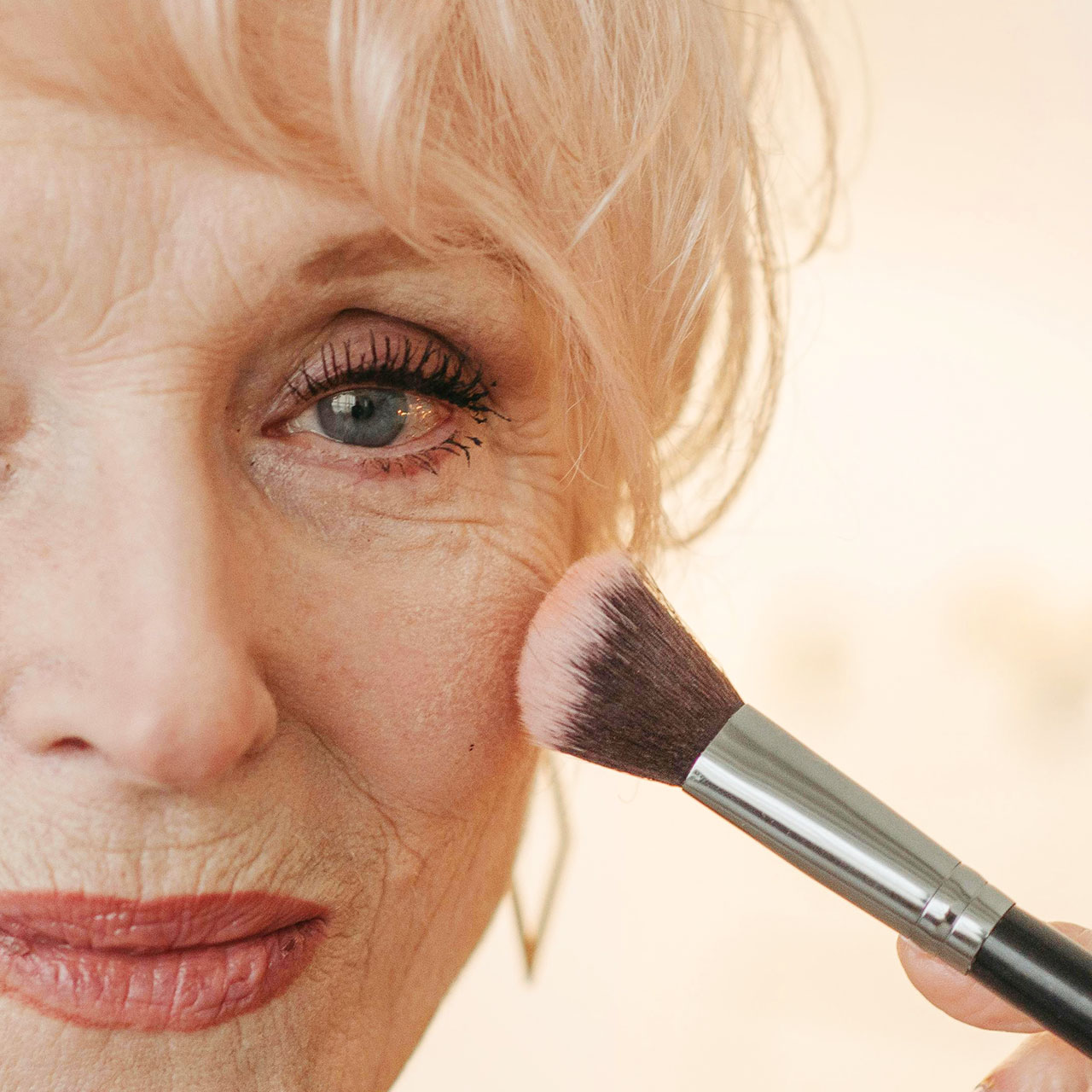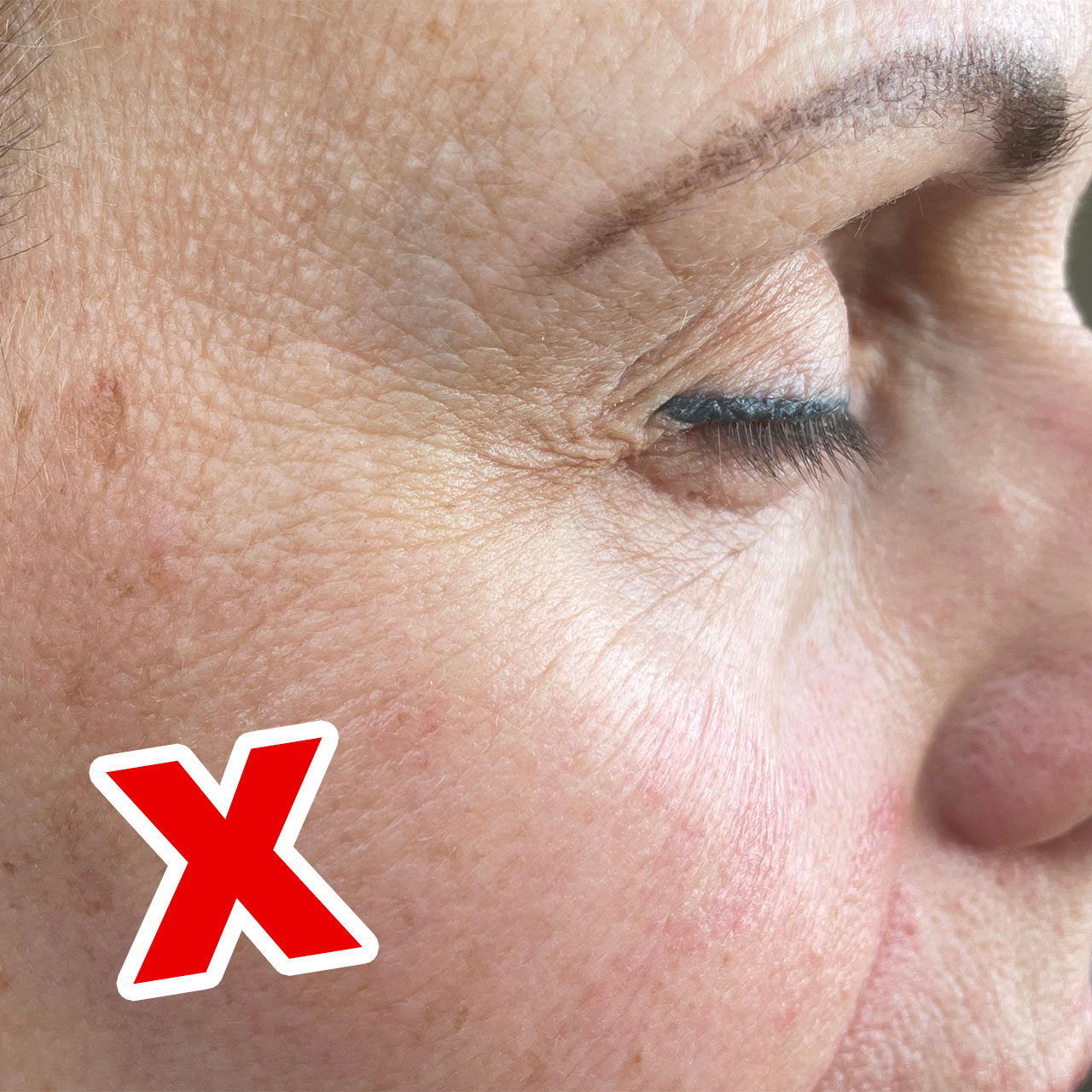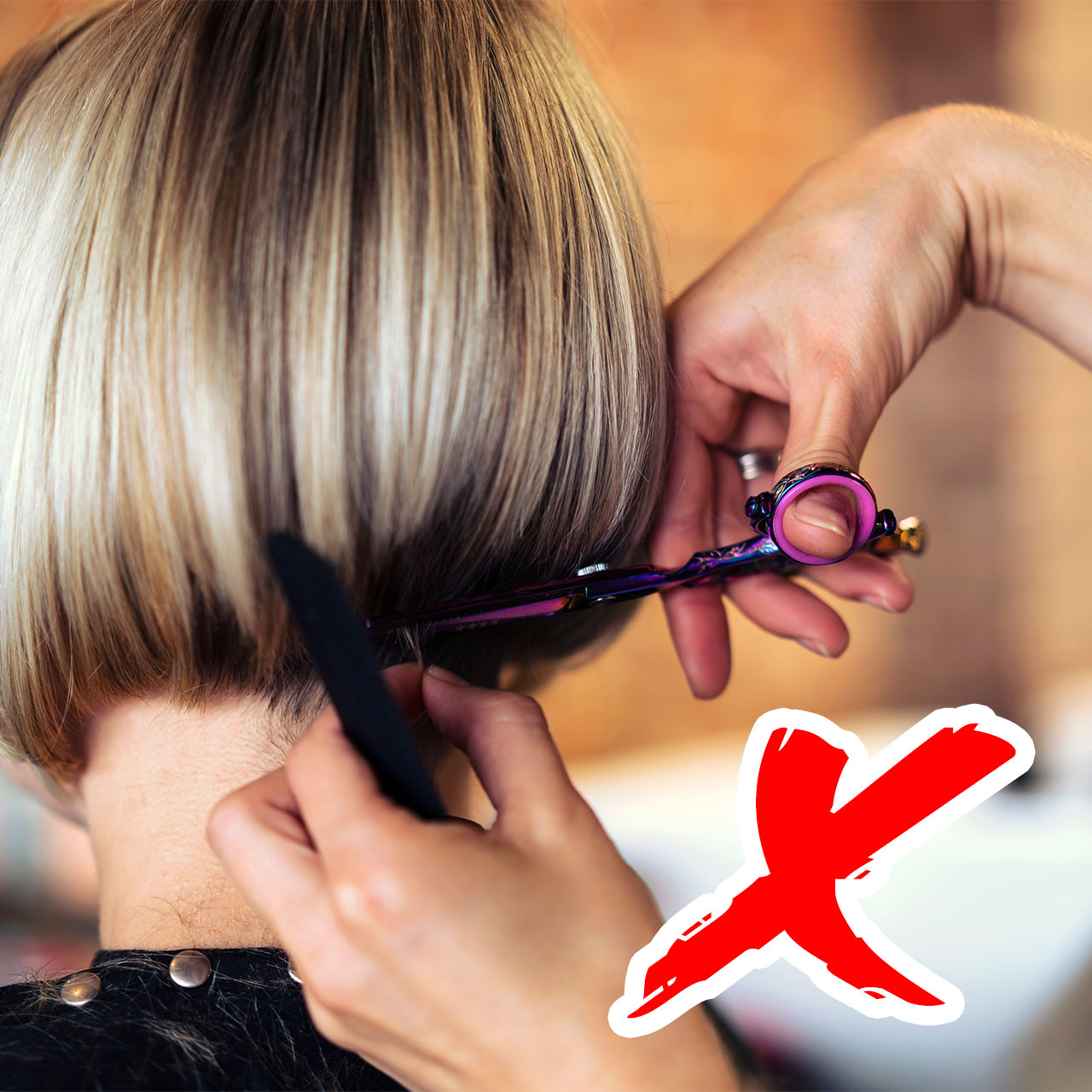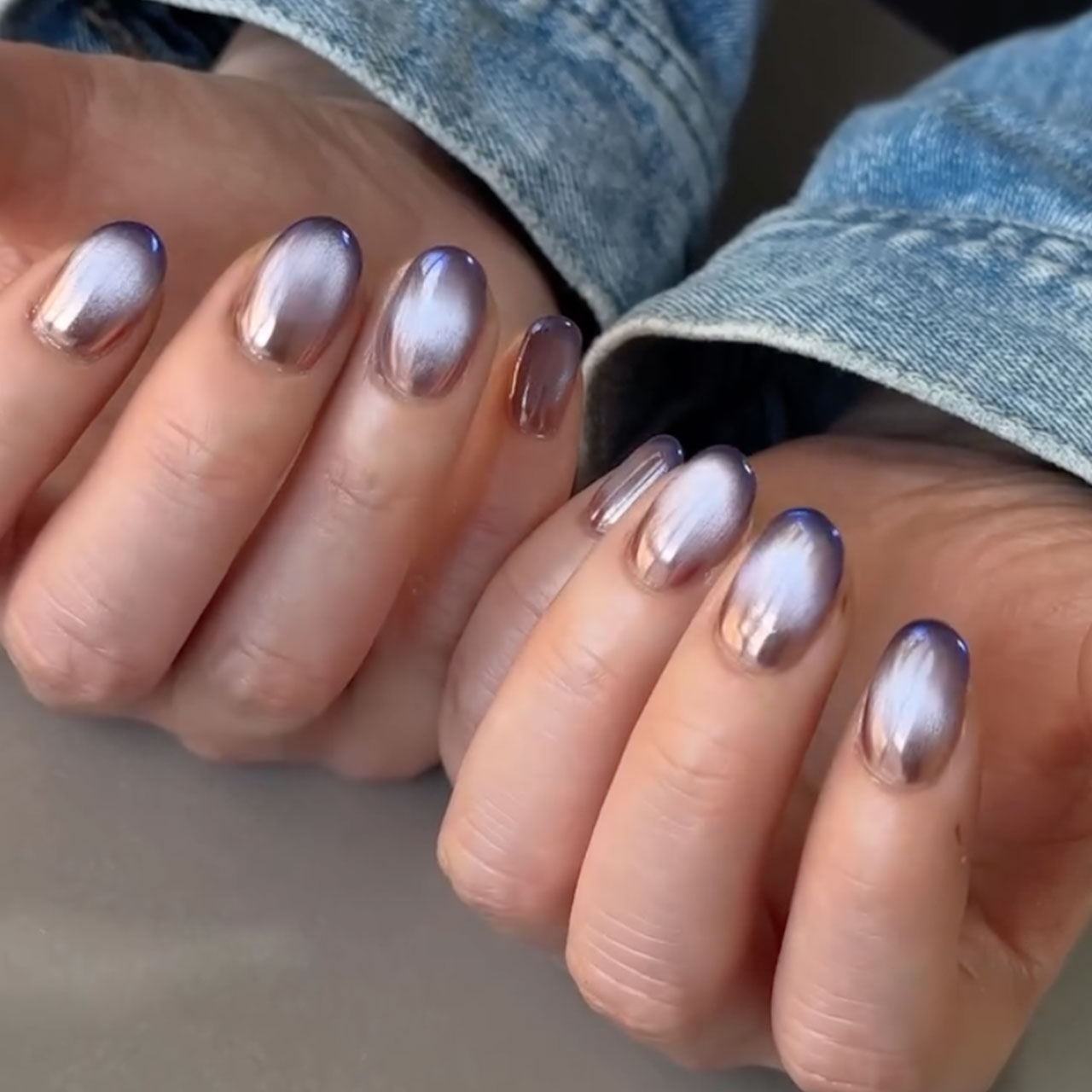Sun damage, while easily avoided by using sunscreen daily, is an unfortunately common issue that can lead to premature aging, the development of pigmentation spots on the skin, and even melanoma in more serious instances. While taking preventative measures can help to keep damage from ever becoming an issue, many people already have existing sun spots and discoloration that they would like to fade or remedy in the effort to achieve healthier, fresher skin.
This raises the question: can you reverse existing sun damage? We spoke with Dr. Robin Schaffran, chief dermatologist and co-founder of BalmLabs to discover what can be done to heal sun damage on the skin and the best way to prevent future issues from arising in order to achieve the most ageless, hydrated complexion possible.

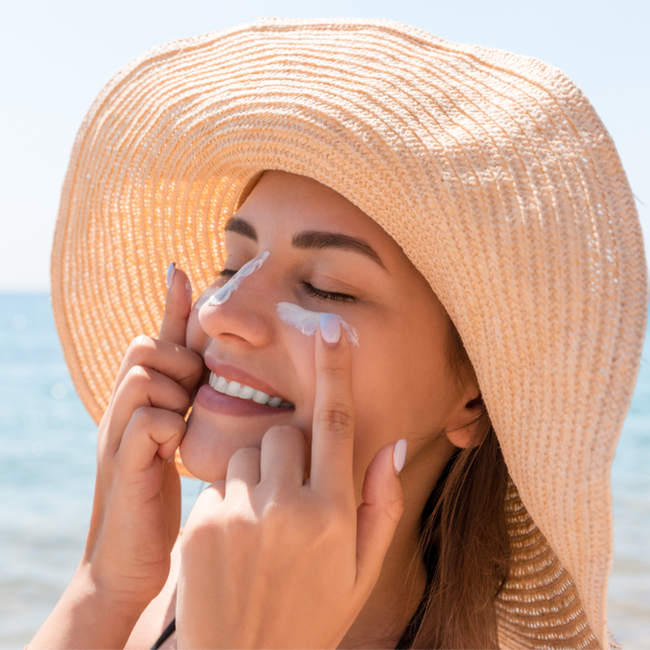
The tough reality is that there’s no definitive solution for remedying damaged skin and reversing the effect of years spent in the sun without adequate protection. However, there are ingredients that can help to improve your complexion and fade hyperpigmentation while also working to slow the aging process that may have been expedited by spending large expanses of time in the sun. “Skin needs moisture to look radiant, reflect light and give off that healthy glow,” explains Schaffran. “So if you’re struggling with dryness or dehydrated, dull skin, incorporate a good emollient into your routine.”
An emollient can help to soften and smooth your complexion, hydrating the skin which will reduce the appearance of harsh lines and wrinkles. “Keep an eye out for products with hyaluronic acid (it’s a total hydration superhero), like BalmLabs’ Serum Hydrator, which locks in moisture without clogging pores,” suggests Schaffran. When your skin experiences sun damage it can quickly become dull looking and reflect fine lines more easily, so products that can soften and hydrate will make all the difference in hiding the result.
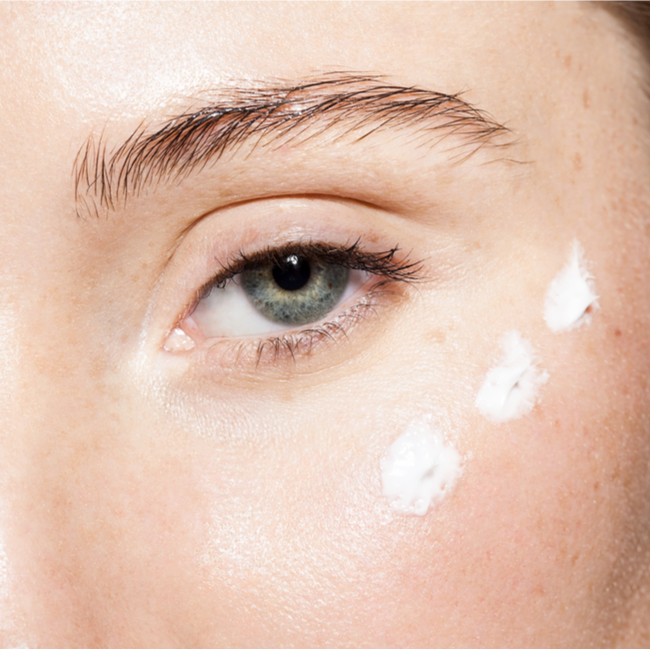
Additionally, a good exfoliant can also be useful in improving skin quality after experiencing sun damage over the years. “Continued use of exfoliants can also help with pigmentation and sunspots, which are typically a result of sun exposure,” notes Schaffran. A good exfoliant will help to increase cell turnover which will naturally allow your skin to look younger and healthier, unmarred by damage from the sun without further drying out your complexion or being too harsh on the delicate skin.
A hallmark of sun damaged skin is a complexion that often has more inconsistent skin texture and tone with a tendency for dead skin cells to cling to the surface. “The skin isn’t naturally exfoliating itself at the speed it once did, so dead skin cells tend to sit on top of the skin, clogging pores and making your complexion look less bright and luminous,” explains Schaffran. “Sun also damages elastic tissue in the skin which leads to the development of fine lines, and wrinkles.” It’s because of this that exfoliating and increasing the hydration of your skin can help to negate the appearance of some of these issues. While from an aesthetic point of view sun damage is frustrating, keeping your skin protected is even more important for maintaining your overall health and avoiding the development of cancerous cells.
Although you can never truly reverse the impact that too much sun may have on the skin, keeping it protected in the future with the daily use of sunscreen is essential to both your wellbeing and the appearance of your complexion. That said, using a gentle exfoliant once a week and adding an emollient into your routine to create more hydrated and supple skin can enhance your appearance and improve your skin texture and tone for less visible damage and a natural glow.


